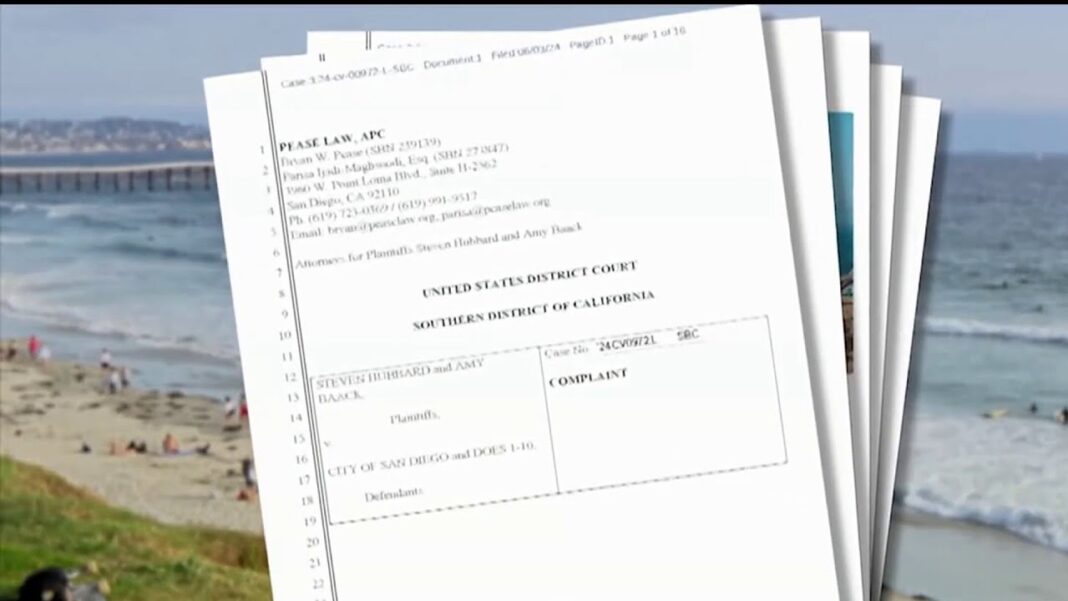Imports fell and exports rose to a record high.
The U.S. trade deficit dropped sharply in April, driven by President Donald Trump’s sweeping global tariffs that upended international trade.
According to the Bureau of Economic Analysis, the goods and services trade gap plummeted 56 percent to $61.6 billion, from $138.3 billion, the lowest since August 2023.
Imports fell by more than 16 percent to a six-month low of $351 billion, down from the all-time high of $419.4 billion registered in April.
The largest import declines were observed in consumer goods (negative $33 billion), industrial supplies and materials (negative $23.3 billion), and automotive vehicles, parts, and engines (negative $8.3 billion).
Exports rose 3 percent to a record high of $289.4 billion, driven by higher sales of finished metal shapes ($10.4 billion) and nonmonetary gold ($4.2 billion).
America’s trade deficits with other countries shrank in April.
The U.S. shortfall with China declined to $19.7 billion from $24.2 billion. The trade gap with the European Union plummeted to $17.9 billion from $48 billion. The deficit with Ireland also decreased to $9.5 billion from $19.9 billion.
However, America’s trade deficit with Taiwan widened to $9.7 billion from 8.9 billion, and its deficit with Vietnam also increased to $14.5 billion from $14 billion.
The latest trade figures come a week after the Commerce Department reported that the U.S. goods deficit nearly halved in April to $87.6 billion from a record $162.3 billion in March.
Both figures suggest that the U.S. economy will enjoy a significant rebound in the second quarter after contracting 0.2 percent in the first three months of 2025.
The widely watched Atlanta Federal Reserve’s GDPNow Model, a running real-time growth estimate, suggests the economy will expand 4.6 percent in the current quarter.
Additionally, revenues from tariffs continue to rise, reaching an all-time high of more than $23 billion in May.
Trade Stabilization
Meanwhile, despite the frenzy that occurred ahead of the president’s sweeping tariff plans, industry figures suggest international trade flows have stabilized.
According to Vizion’s ocean booking tracking data, global container bookings increased in the first three weeks of May.
By Andrew Moran








